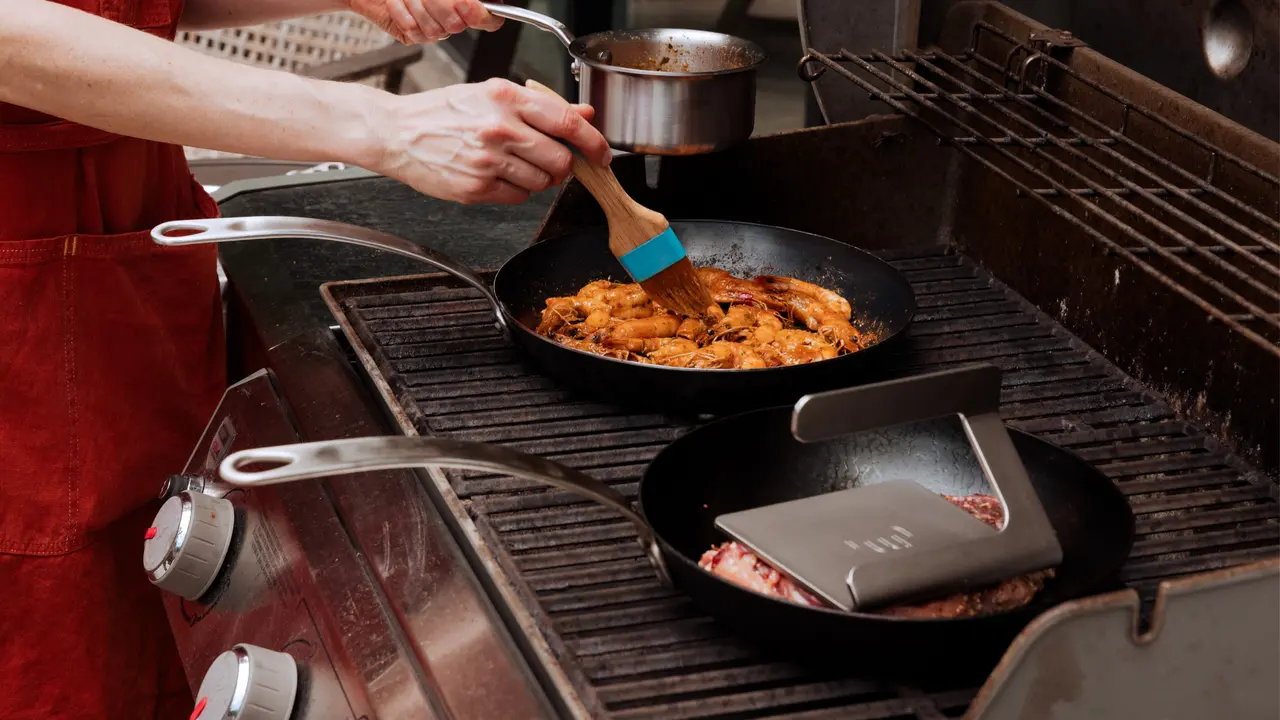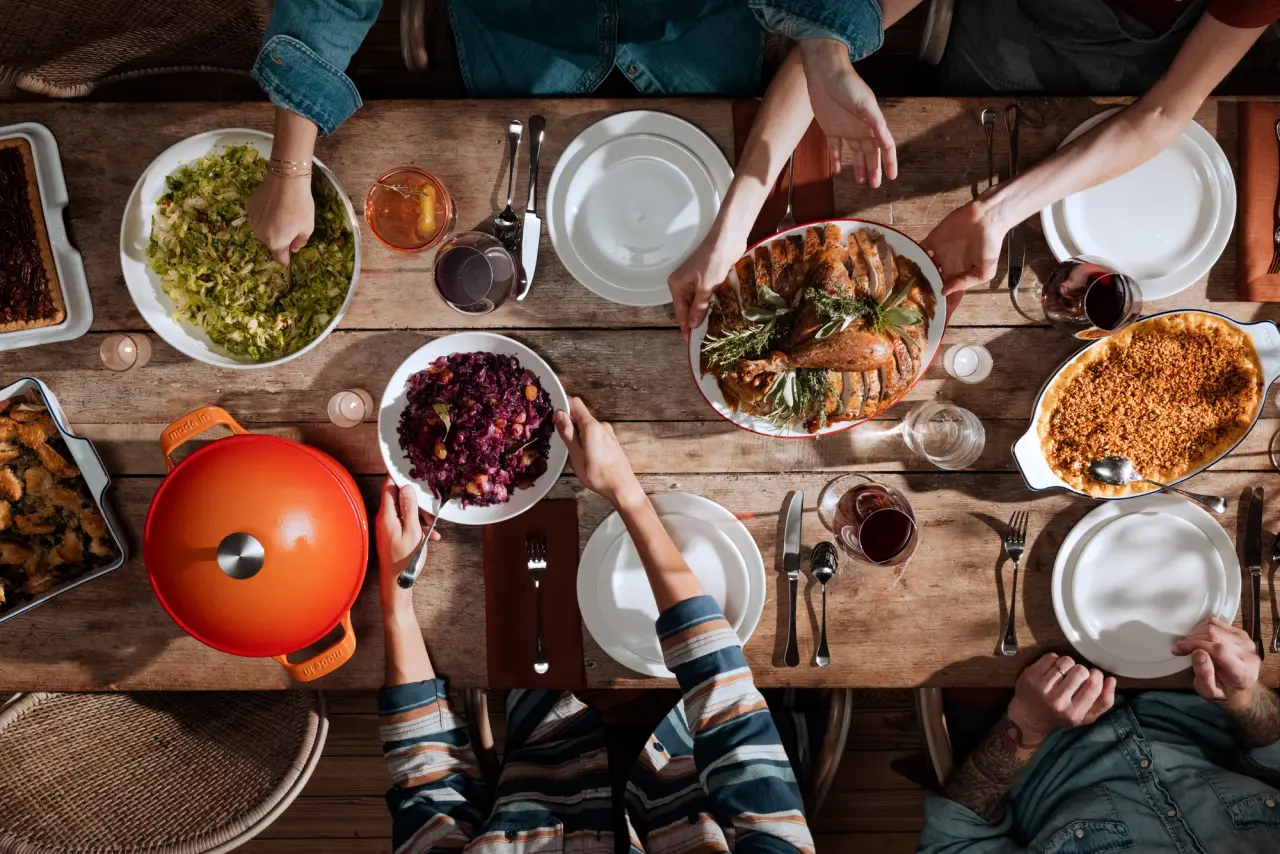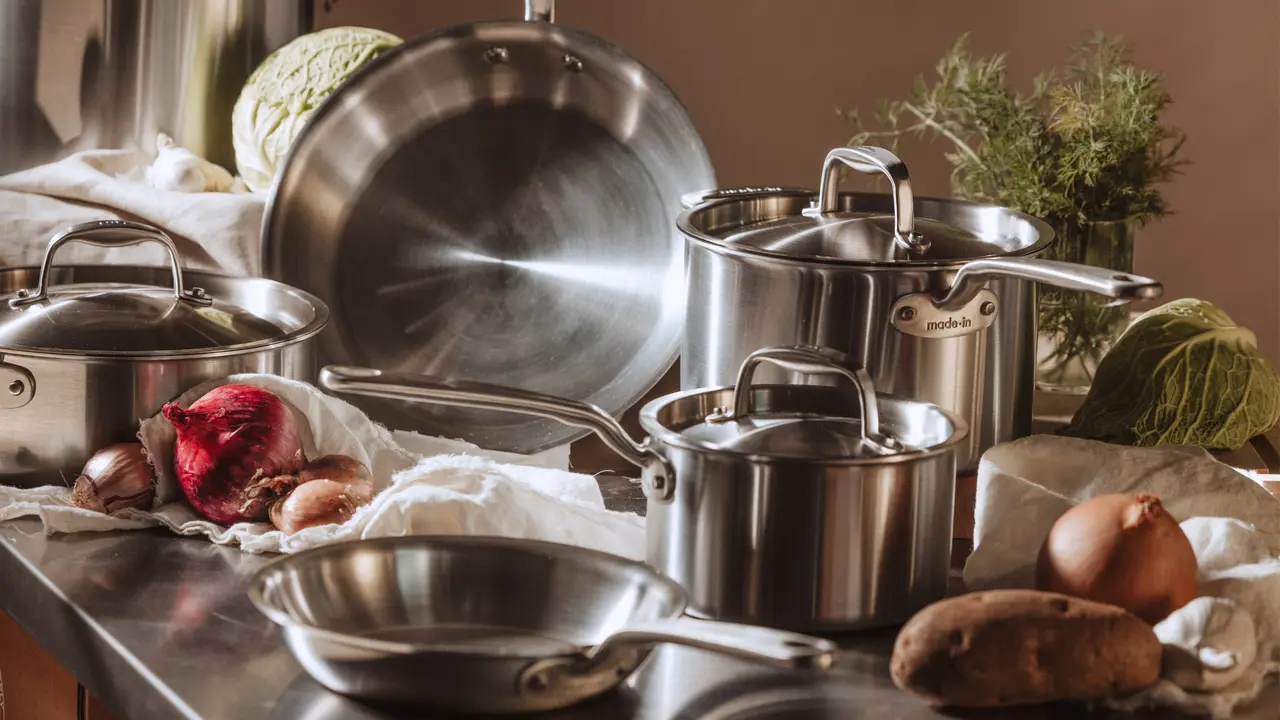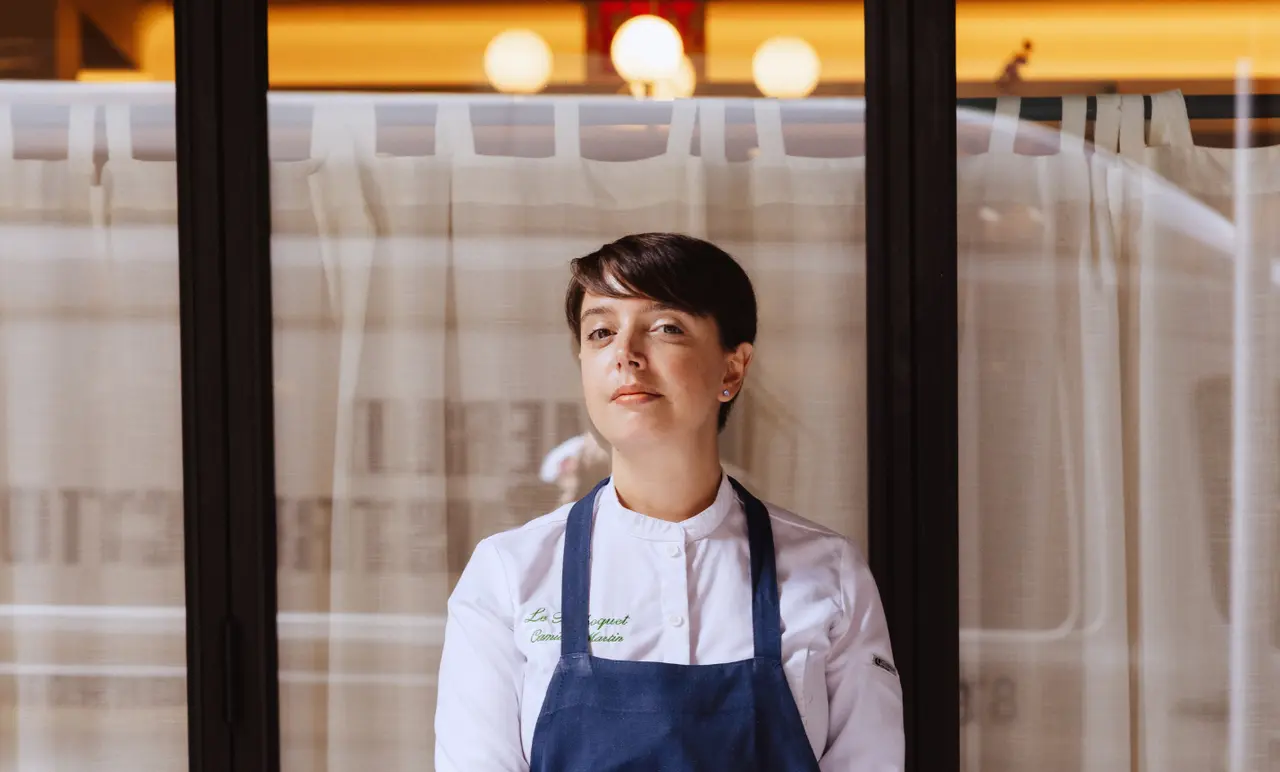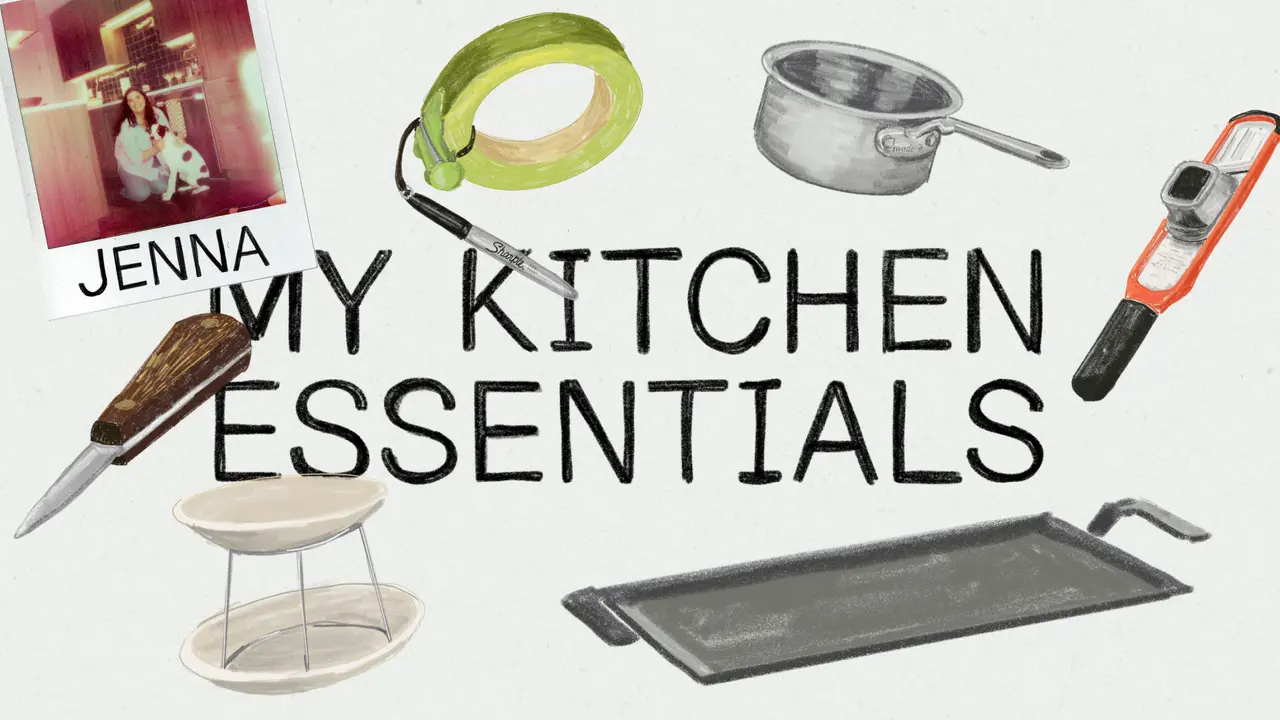So you have your paella pan. If this is your first time cooking paella, we'll help walk you through the process with the help of a professional chef and friend of Made In, Chef Jorge Hernández. In this post, we'll be using a carbon steel paella pan - we think it's the best tool for the job,
Last month, I was lucky enough to sit in on Made In’s shoot with Chef Jorge Hernández of The Mighty Union, who also happens to be a José Andrés protégé. He was super helpful in teaching us how to make paella. If anyone knows the art of making paella, it is Jorge. While he was cooking, I realized how effortless he was making everything seem, so I decided to take notes about his technique and his art. Following a technique, rather than a recipe allows for the opportunity to use whatever you have on hand. While I hope you follow the steps I’m about to layout, I also wish you don’t take them too religiously. Feel free to experiment when you want, and most importantly, enjoy your time cooking paella. You will only become more comfortable cooking this dish.
Cooking Surface:
Fire up your Made In carbon steel pan over a nice, even heat. Heat is your friend here, so don’t be afraid of it. Make sure the pan is centered on your burner. Grab a good olive oil, preferably Spanish, and add it to the pan, knowing that you will be searing your proteins and sautéing your vegetables in it. Since we used a pan made out of carbon steel, here're details on how to properly heat a carbon steel pan. Let the olive oil heat in the pan for a minute or two.
Adding Ingredients:
Your next step is going to be adding the protein. You may use chicken, rabbit, chorizo - the list goes on. Jorgé suggests cutting your protein up into smaller pieces so they cook more evenly and are easier to serve. Make sure it’s seasoned and be mindful that every time you add something to the pan, its temperature will be lowered. Let the protein sear on both sides, and then push it off to the edge of the pan, to make room for the vegetables. You can use mushrooms, peppers, onions - once again, the list goes on. Now push the vegetables off to the side to join the meat. It’s time for the sofrito.
Sofrito. The flavor bomb, the hidden ingredient, the je ne sais quoi! I know, wrong language, but bear with me. Sofrito, which is commonly a purée of tomatoes, onions, garlic, and other herbs, is used to enhance the flavor and color of paella. To make this, cook diced onions on a low heat in a separate pan. Once the onions are soft and translucent, add garlic, fresh herbs, and either canned or fresh tomatoes. Reduce that mixture until it has the consistency of a thick tomato sauce. Add the sofrito to the middle of the pan where it will continue to cook and build flavor. Look for a robust, deep red color. Once you see that color, stir in the protein and the vegetables with the sofrito and make sure everything is in an even layer. At this point, it will smell amazing!
Now, Add Rice:
It’s time for the rice and broth. A chicken or vegetable broth will work perfectly, as they are lighter and won’t mask any other flavors. For the ratio of rice to liquid, Jorgé suggests using the instructions on your bag of rice and adding 100 grams of rice per person. Add the broth to the pan, and let it come up to a simmer. Make sure to taste it and season to your liking. Next, you want to add the rice without dumping it all at once. Sprinkling the rice into the broth will ensure even cooking. You’re going to want to raise the heat and have it over a high flame for 4-5 minutes. This will allow for the starch to rise to the surface, which will end up yielding the socarrat, the caramelized, crunchy layer of rice on the bottom. After 4-5 minutes, bring the pan to a low heat. You’re looking for a constant, yet gentle simmer. Set a timer for 20 minutes. You’re not going to want to set it and forget it, but keep an eye on any uneven spots, or any places where hot spots may occur. Resist the urge to stir, as that will release extra starch from the rice and disrupt the cooking process.
For the final 5 minutes, bring the heat back up to evaporate the rest of the liquid and to develop the socarrat. You’ll be blown away by the aroma. Finally, let it sit for a few minutes, and then bring it directly to your table. Let your guests embrace the smell, the beauty, and the love that you put into the dish. To serve, use a spoon to dive in through the soft, aromatic top and make sure to pick up the crunchy socarrat. Urge your guests to mix up their serving so they get to experience the different textures this magical dish offers. Share stories, laugh, and open up another bottle of wine.
